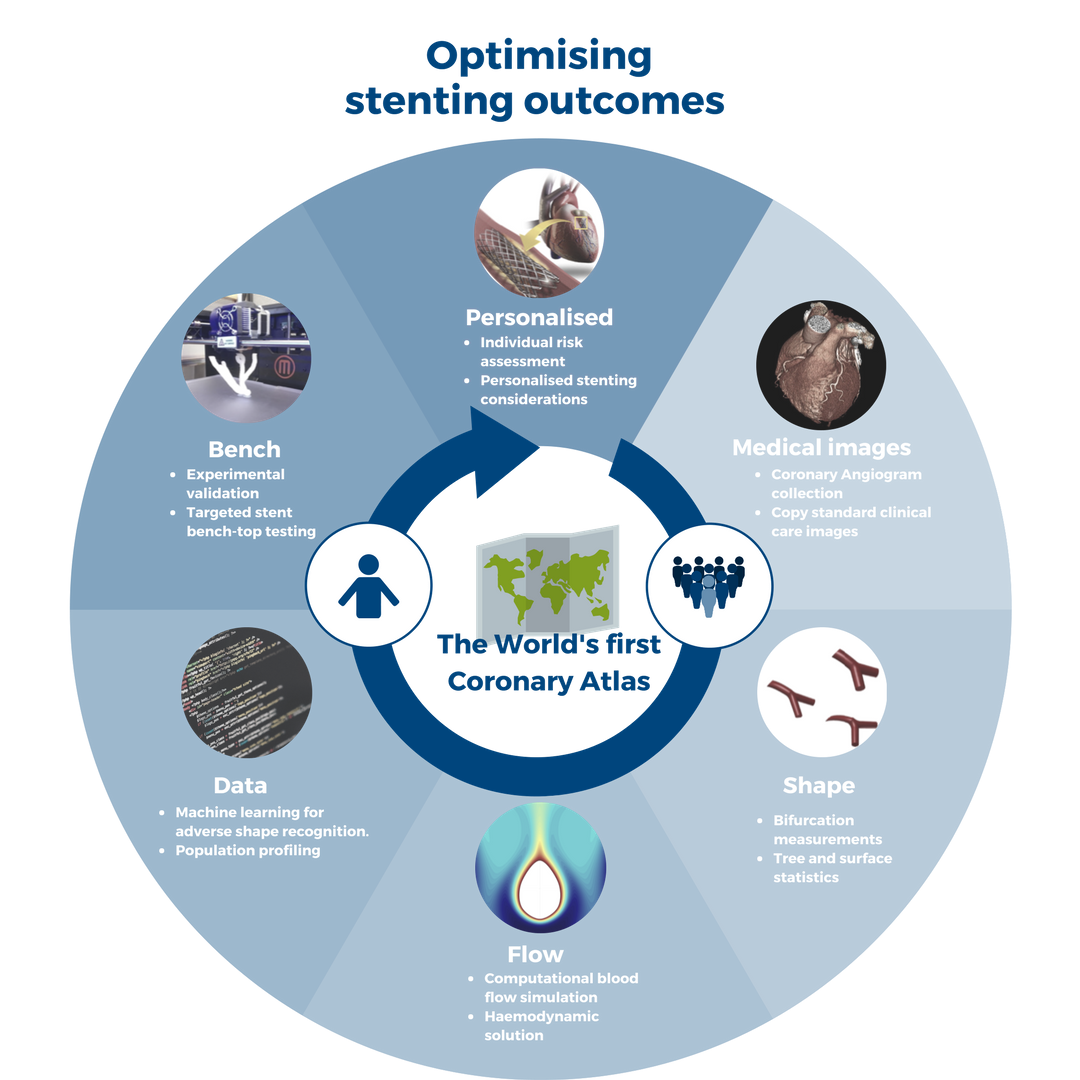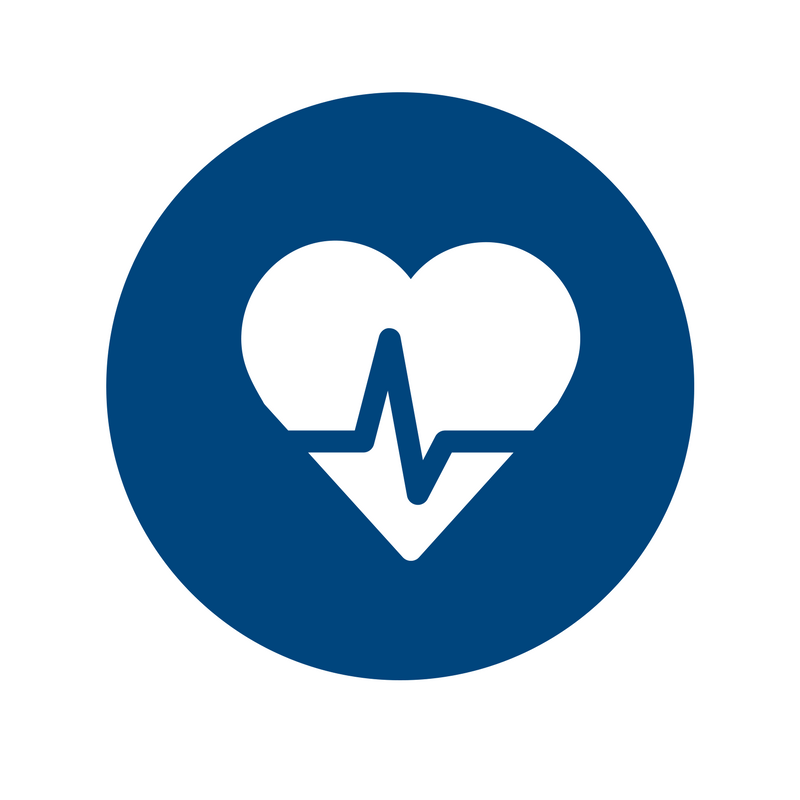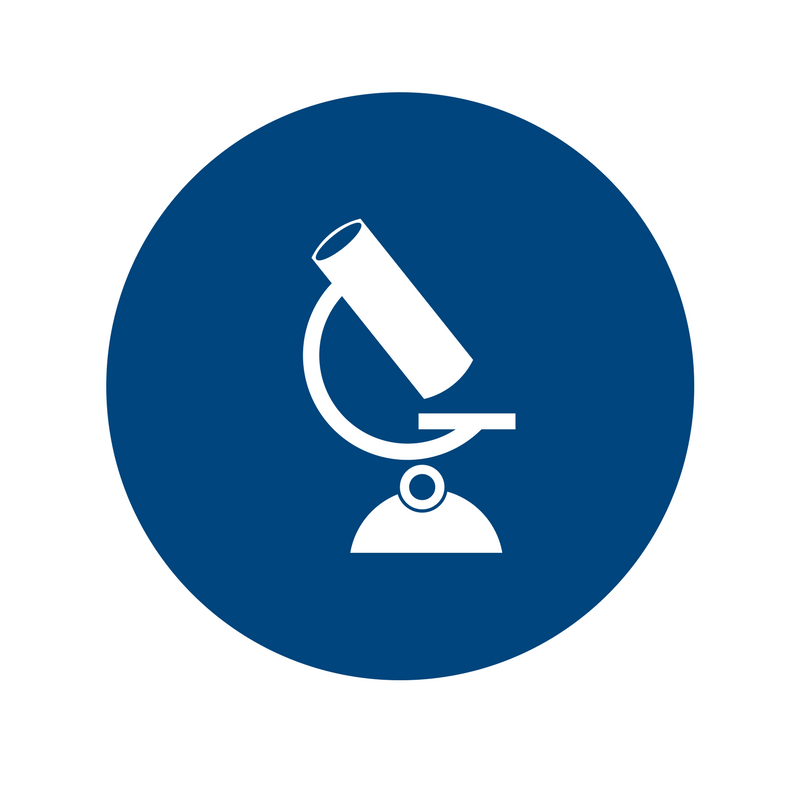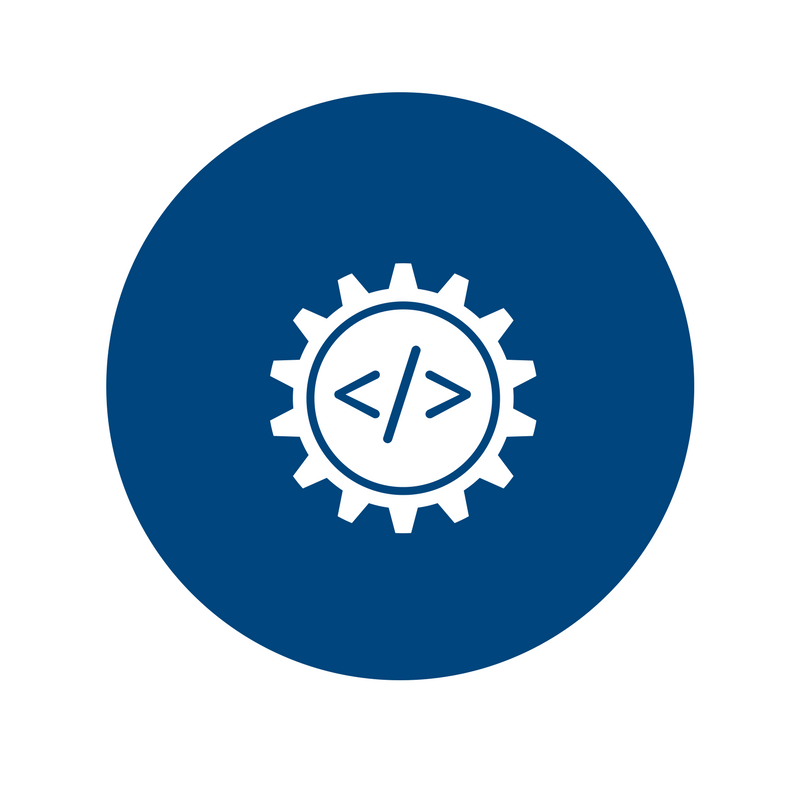Research
<a href="https://en.wikipedia.org/wiki/Machine_learning#/media/File:Kernel_Machine.svg">Kernel Machine</a> by SemperVinco is licensed under <a href="https://creativecommons.org/licenses/by-sa/4.0/">CC BY 4.0</a>
Process

Your role
The Coronary Atlas project welcomes collaboration and involvement by interested parties. If you are a researcher, cardiologist, developer or student with a professional interest in the project, please get in touch.
Patients
Want to know more about our research? Look at the Global context page, or listen to the RadioNZ interview of the atlas
Cardiologists
Want to contribute? Contact the team. Keep updated with the latest interventional strategy recommendations see our talks.
Researchers
Do you want to contribute or us to share CTCA images, STL files for computing or 3D printing? Or access to the statistical data? No problem. Contact us for details.
Developers
Want to explore, have ideas or want to create your own? We are happy to chat. Contact us for details.
Students
We are currently recruiting Masters and Ph.D. students and are happy to accept interns. Contact us for more information.



